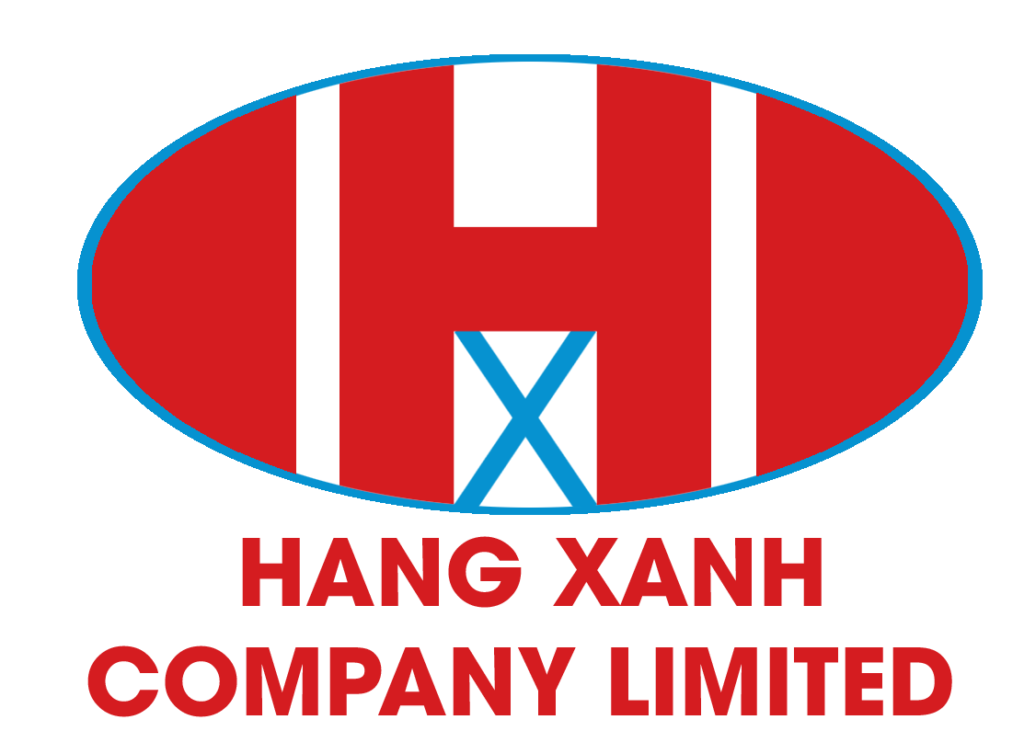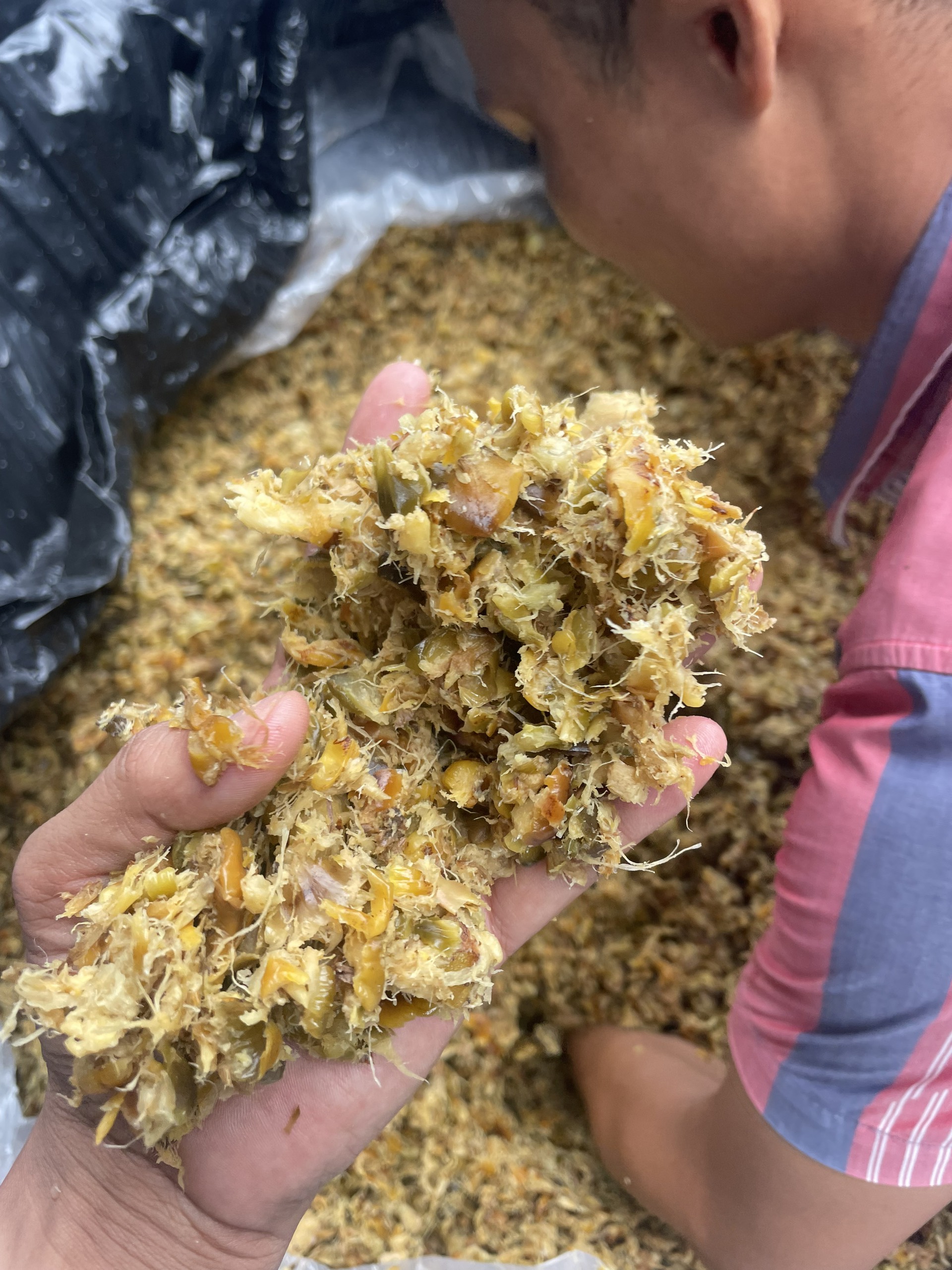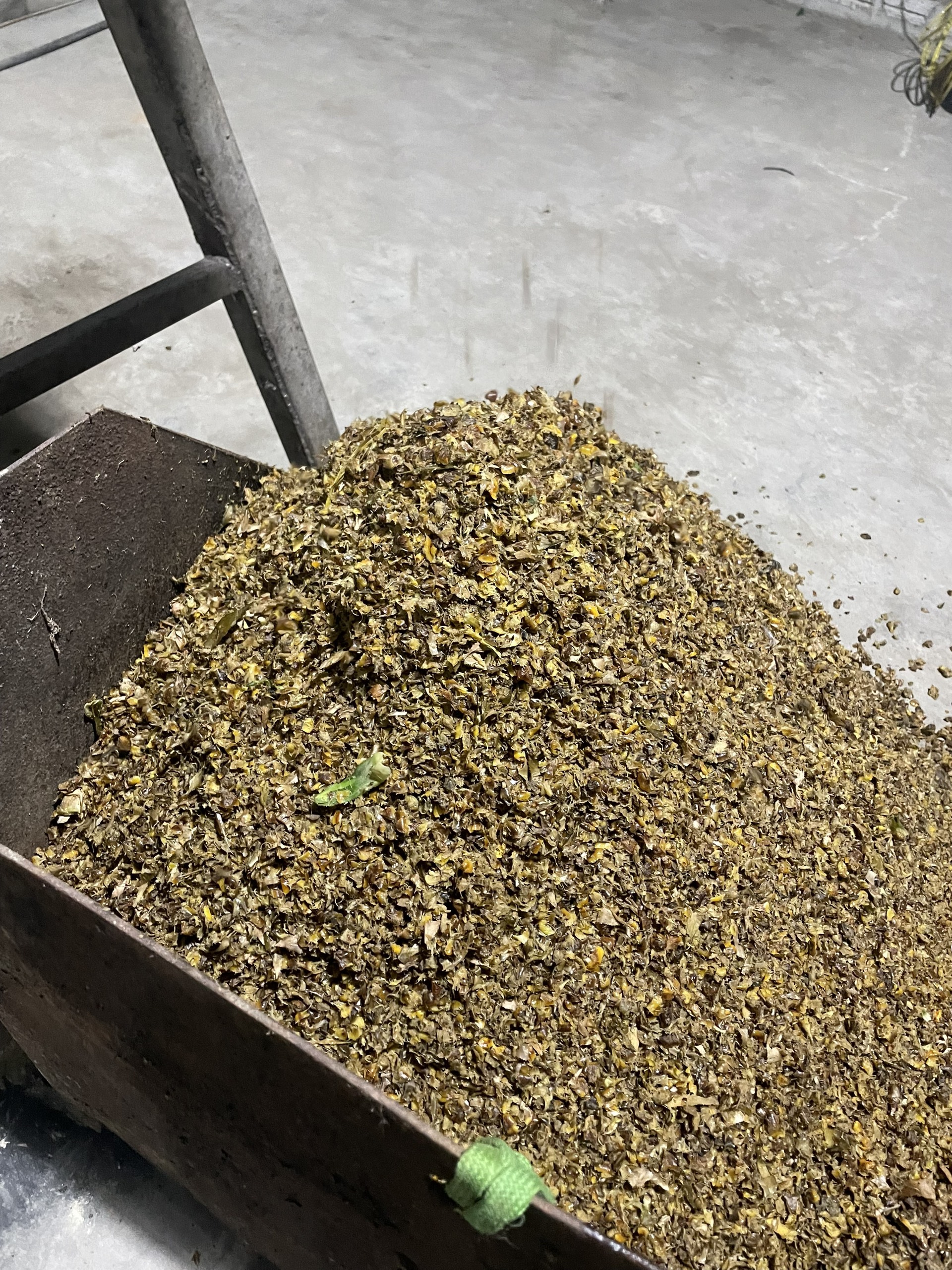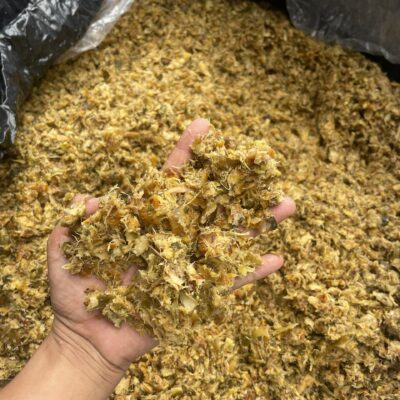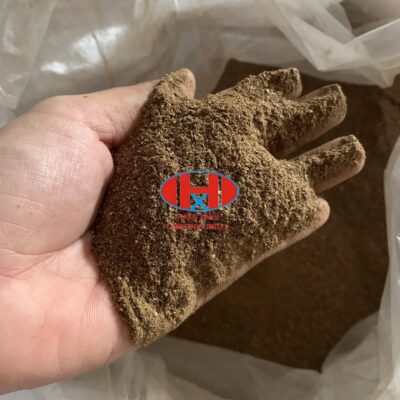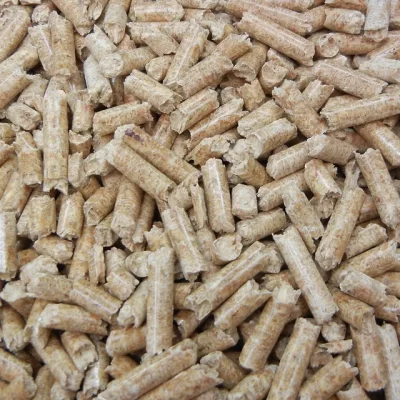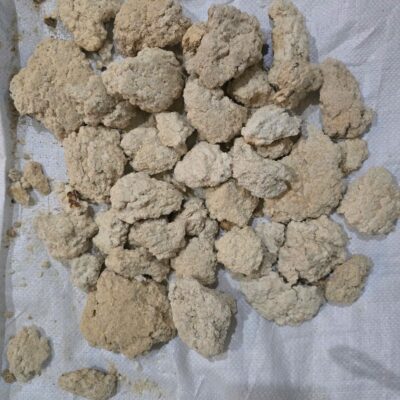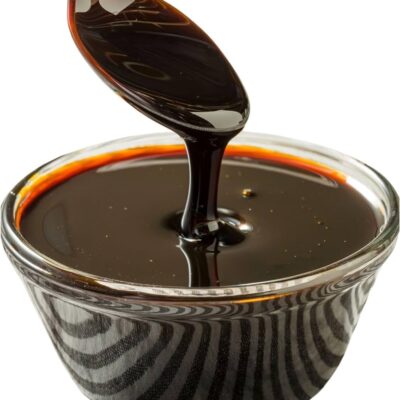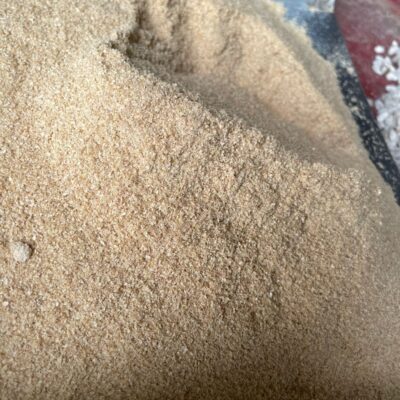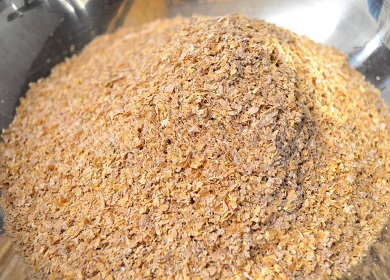Corn Silage, or maize silage, is a crucial livestock feed made from harvested corn plants. It plays a vital role in animal husbandry, particularly for dairy and beef cattle. Corn Silage is produced by harvesting the corn while it’s still green, chopping it into small pieces, and fermenting it in storage containers. This fermentation process preserves nutrients and enhances digestibility for livestock. Corn Silage not only provides energy but also serves as a significant source of protein, improving animal health and reproductive performance.

Corn Silage serves several important purposes in livestock farming:
- Nutrient Supply: It provides essential energy and protein for livestock, particularly dairy and beef cattle. It supplies necessary nutrients for maintaining animal health and growth.
- Cost Savings: Using Corn Silage can reduce costs compared to feeding livestock fresh alternatives, optimizing production efficiency.
- Nutrient Preservation: The ensiling process preserves nutrients in corn plants, preventing decay and minimizing waste.
- Health Improvement and Reproductive Performance: By supplying necessary nutrients, Corn Silage can improve animal health and enhance reproductive performance.
- Environmental Impact Reduction: Utilizing Corn Silage can help reduce environmental impact compared to other feed sources, such as lowering emissions from livestock.
In summary, Corn Silage is not only a common feed source in livestock farming but also provides significant benefits in terms of nutrition, economic efficiency, and environmental impact.
